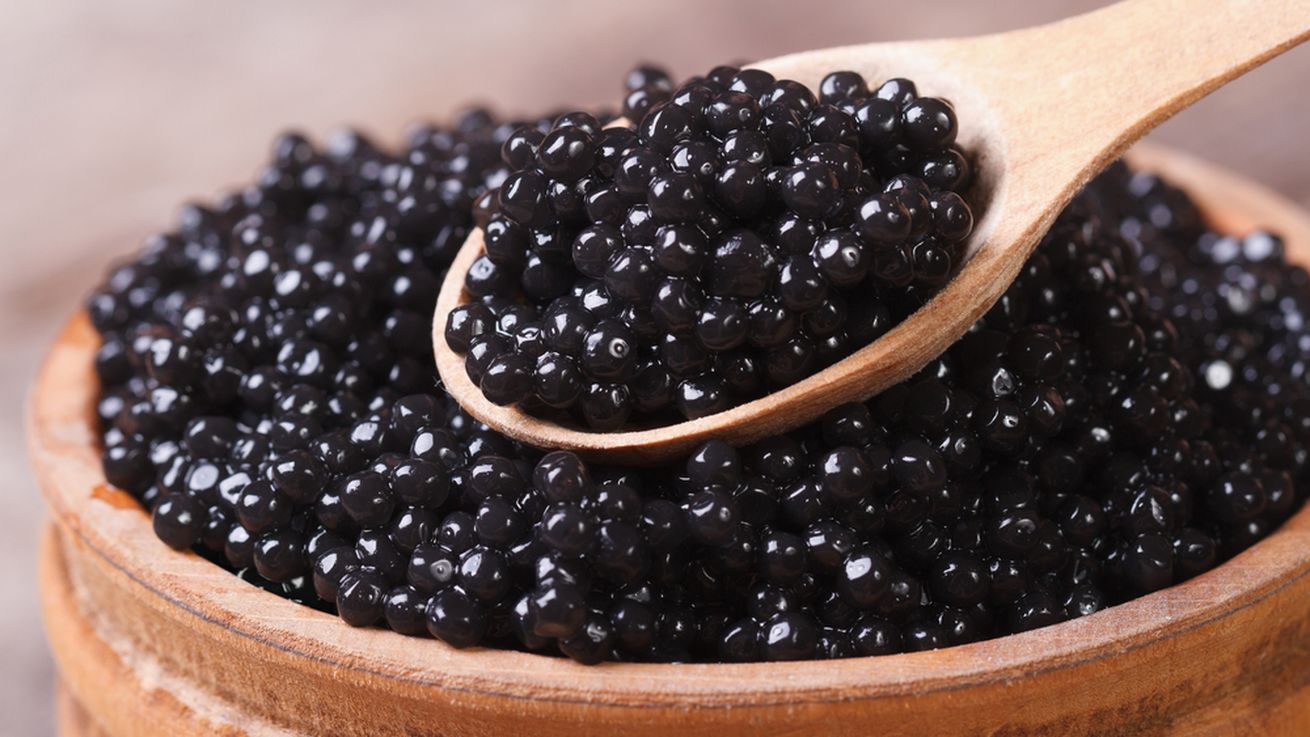It took nine years for Ukraine to make the dream come true. The first talks on the liberalization of visa regime between Ukraine and the EU started in 2008. Two years later, Kyiv received the Action Plan including 144 EU performance criteria divided into four blocks: document security, combating illegal migration, public order and security, and fundamental rights and freedoms.
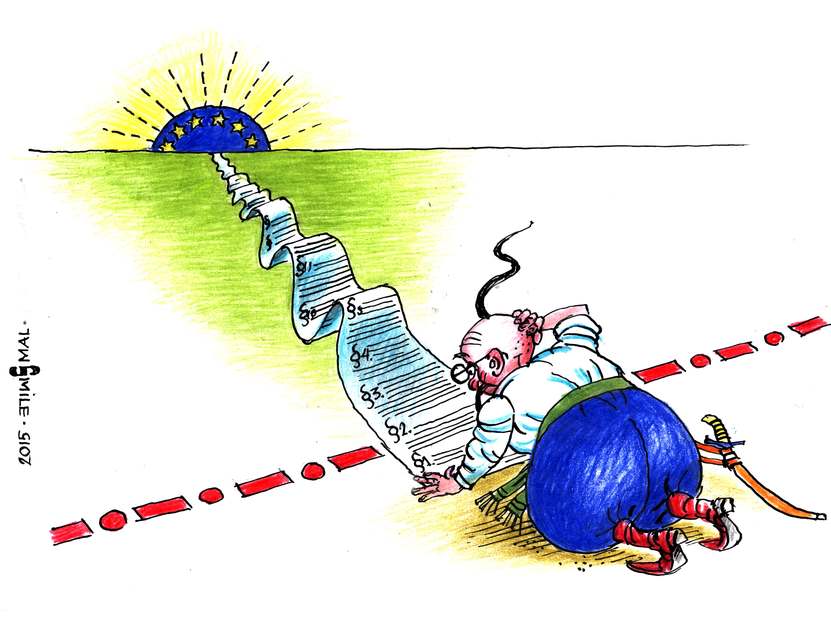
However, while promising to do everything for the abolition of visa regime, the Ukrainian Government chose a long and tortuous path of delays and imitation of reforms, hoping that some of the requirements of the EU could be bypassed. Consequently, Moldova and Georgia that started their paths later have not only caught up but eventually took the lead. In 2014, the EU opened its doors for Moldova, and in March 2017, for Georgia.
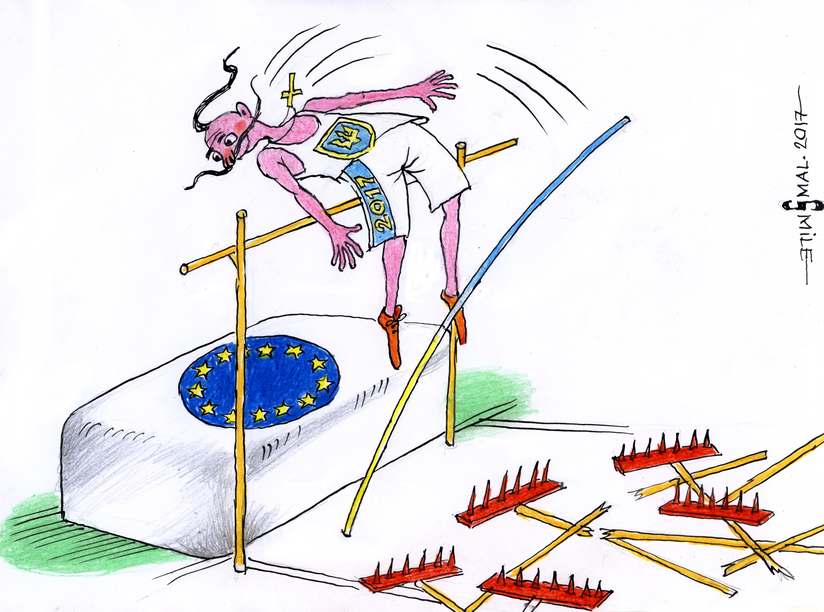
Only after the Revolution of Dignity, the Verkhovna Rada adopted a series of vital laws, including ones aimed at combating discrimination and corruption. Furthermore, in 2015, Ukrainians finally began to receive biometric passports. Although this process was not easy and fast, thanks to the joint efforts of reformist forces in the Parliament and the Government, civil society, and EU diplomats, the visa-free dialogue has been put into motion. The ability to travel to the EU without visas no longer seemed an unattainable dream.
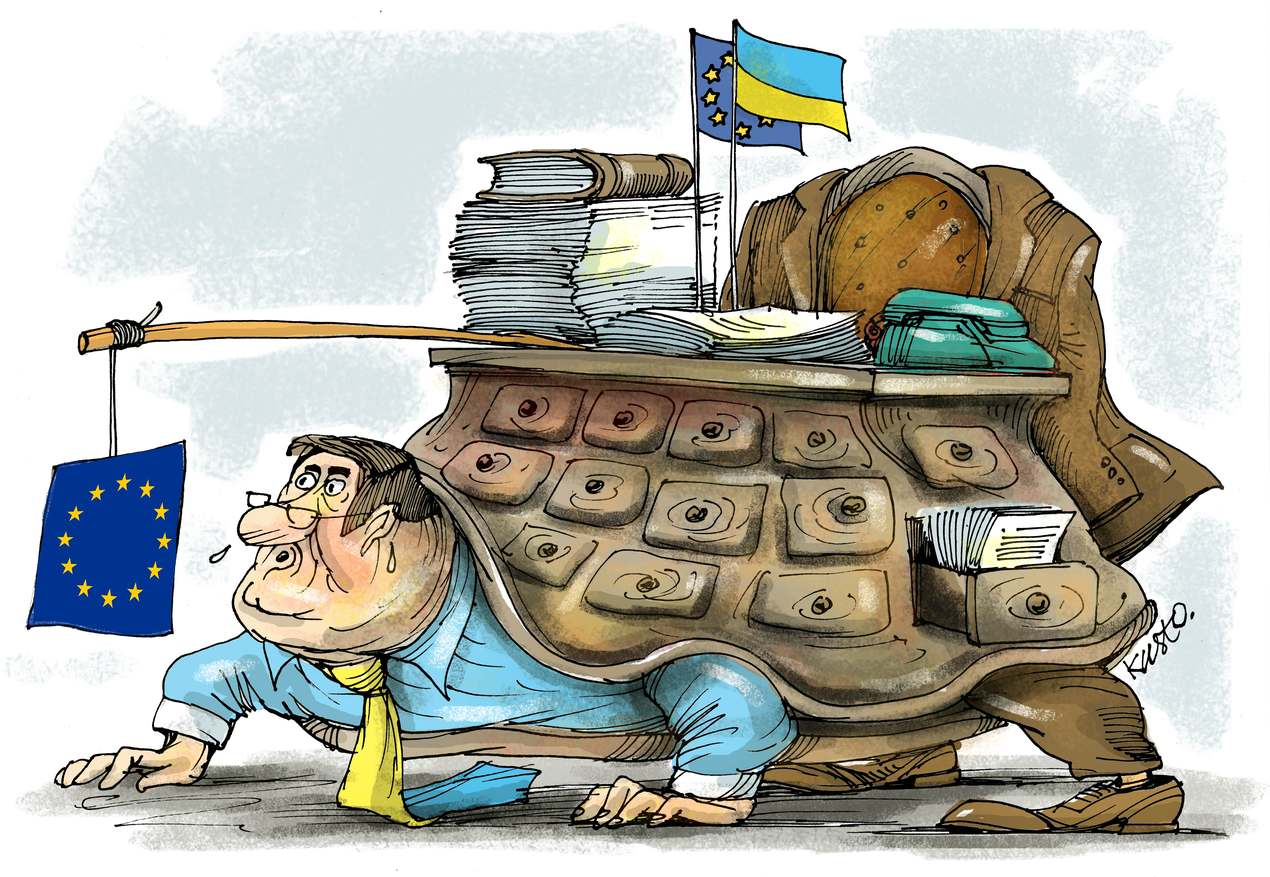
In 2016, Ukraine got close to the finish line, when Brussels confirmed that all criteria have been met. However, while Ukraine delayed the establishment of anti-corruption authorities and adoption of the relevant laws, the EU encountered an unprecedented migration crisis. After hundreds of thousands of refugees poured into the EU in search of shelter, European leaders started talking about the need to strengthen border control and introduce a mechanism of the visa-free regime suspension in case of abuse or rollback of reforms. After months of negotiations, the EU has approved the mechanism for the visa-free regime suspension and resumed the process for Ukraine.
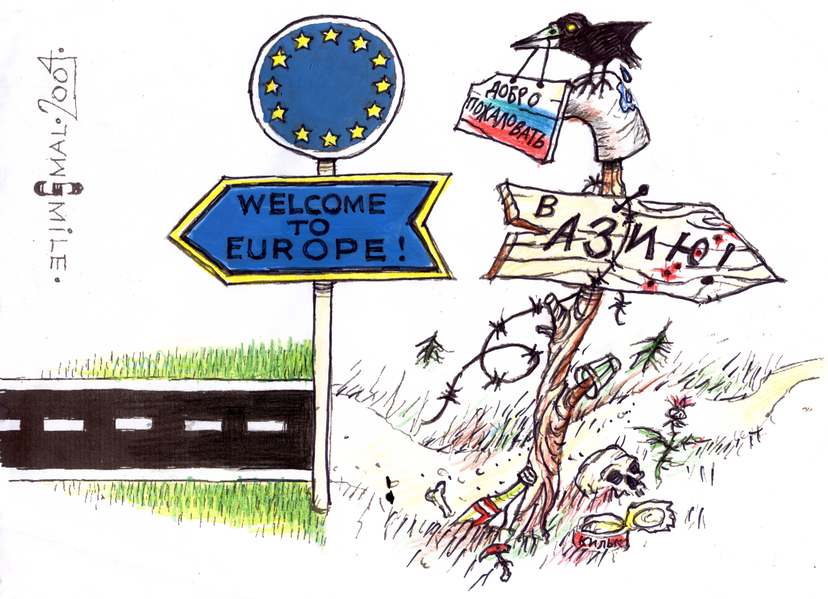
In April and May 2017, the European Parliament and the Council of Europe adopted the resolution on abolishing visas for Ukrainians, and June 11 was chosen for the start of the implementation of the visa-free regime. After nine years of negotiations, the visa-free regime has become a symbol of the irreversibility of Ukraine’s European course and return to Europe. Most importantly, however, Ukraine has introduced vital reforms in such areas as the fight against corruption, human rights, border management, and migration on this path. Together with the visa-free regime, Ukrainians received the e-declaration system, anti-corruption authorities (NABU and NAPC), Migration Service, biometric documents, and many other important changes.
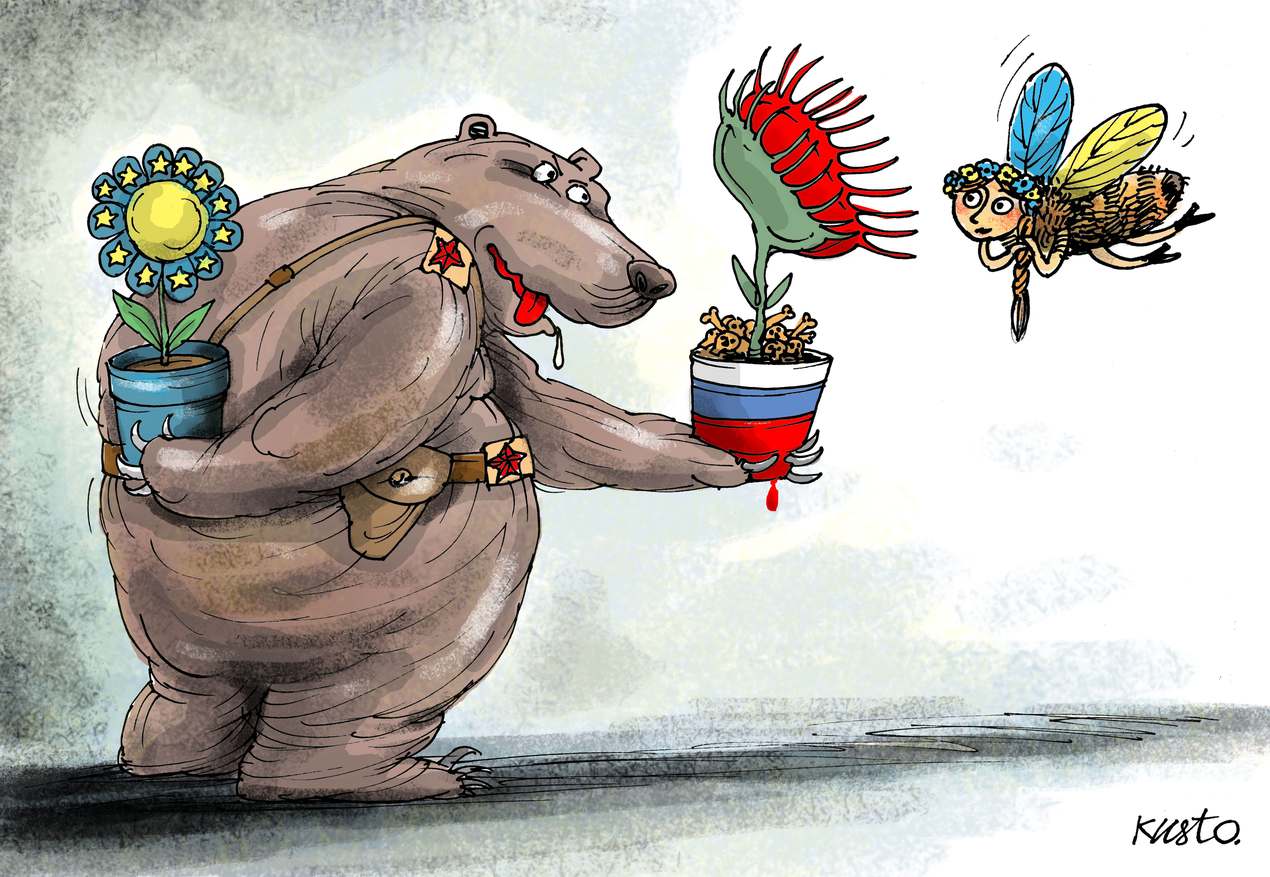

Read also:
- Mission Accomplished: Visa-free Europe for Georgia | Infographic
- EU Parliament approves visa-free regime for Ukraine. What are the new rules for crossing the border?
- What EU countries can Ukrainians now visit without a visa? | Infographic
- Are Ukrainians looking forward to the visa-free regime with the EU?
- Ukrainians welcome visa-free travel to EU amid escalation of hostilities in Donbas
- What has Ukraine done to get a visa waiver from the EU?
- What should Ukraine expect from the EU visa liberalization? Following the examples of Georgia and Moldova
- Ukraine’s visa-free saga with the EU. Seven things you should know
- Why Europe’s fears of lifting visa for Ukraine are groundless
- Expert: Visa-free regime to open Europe to Ukrainians





